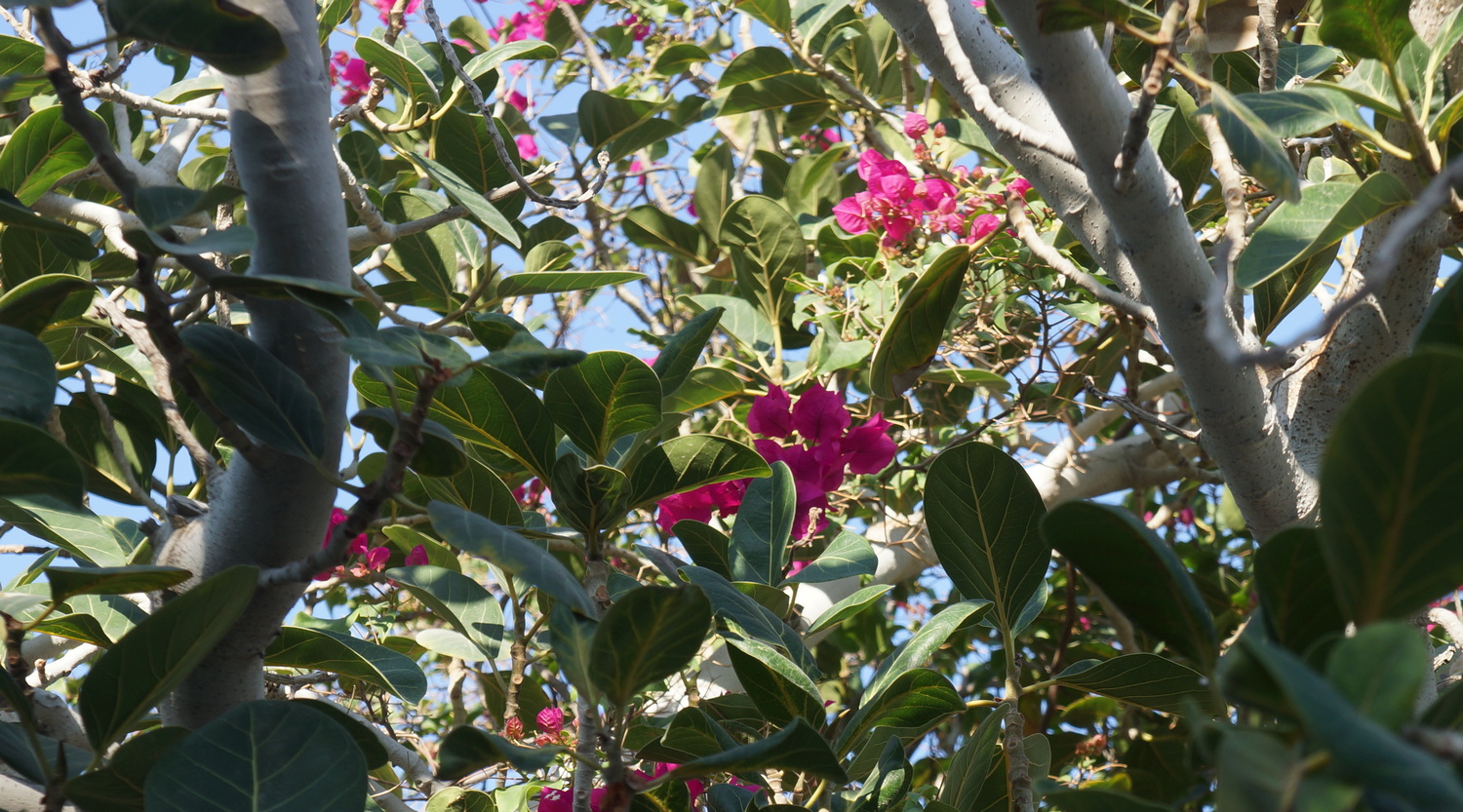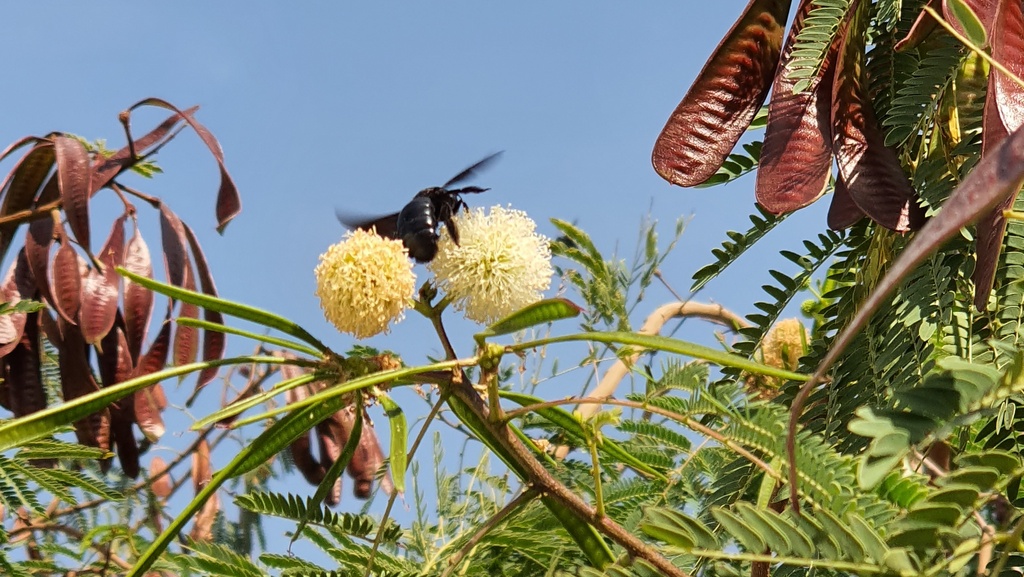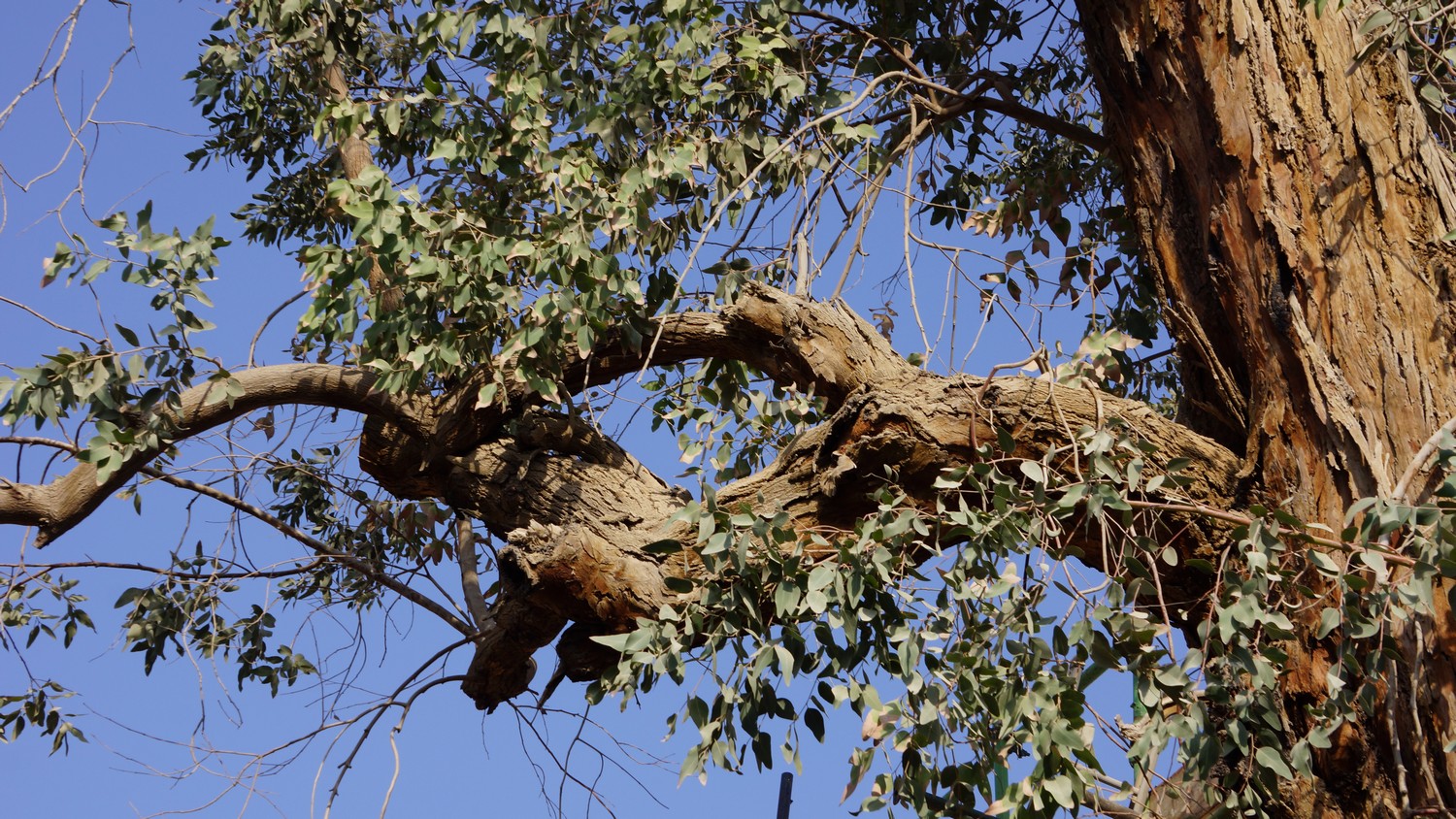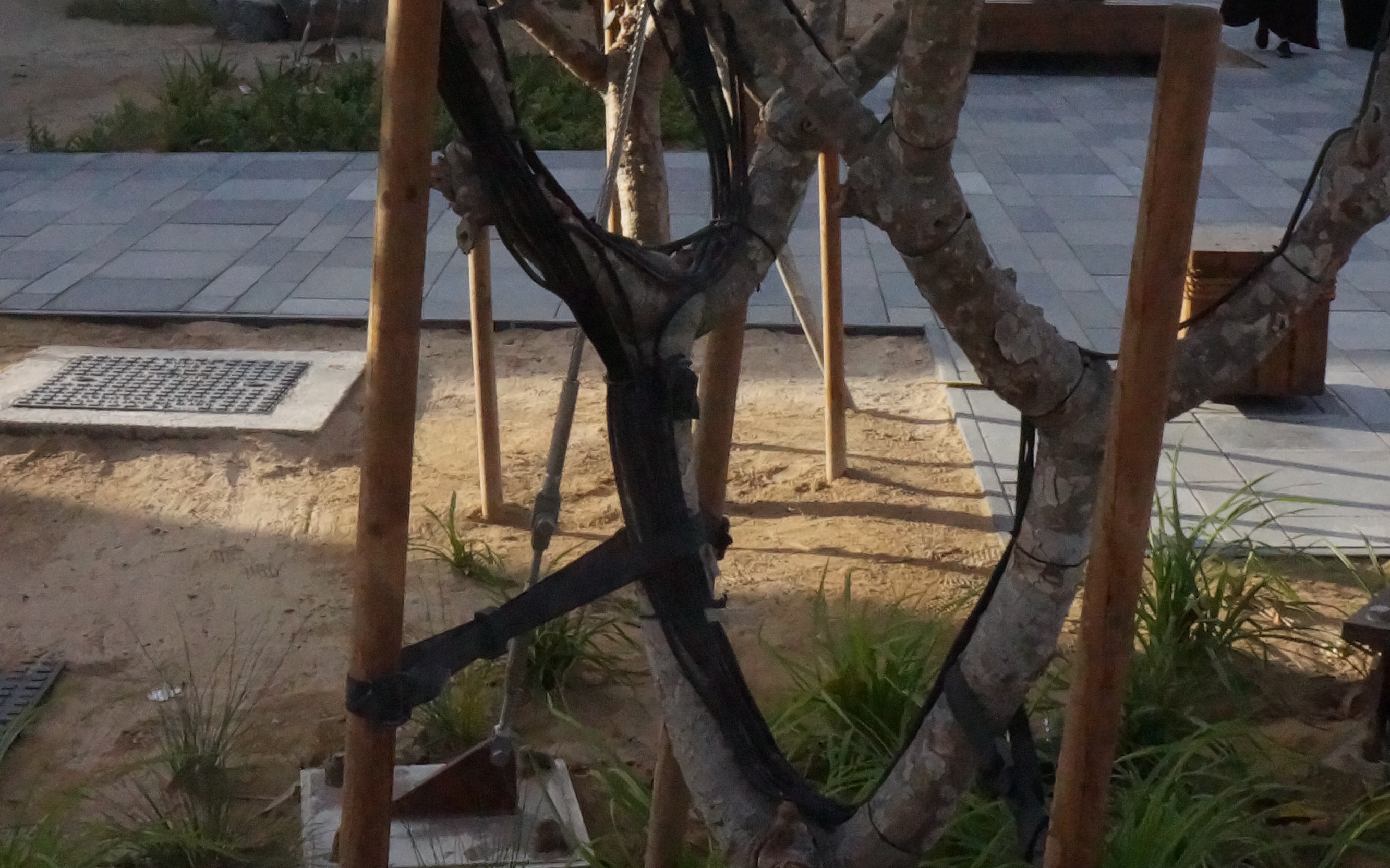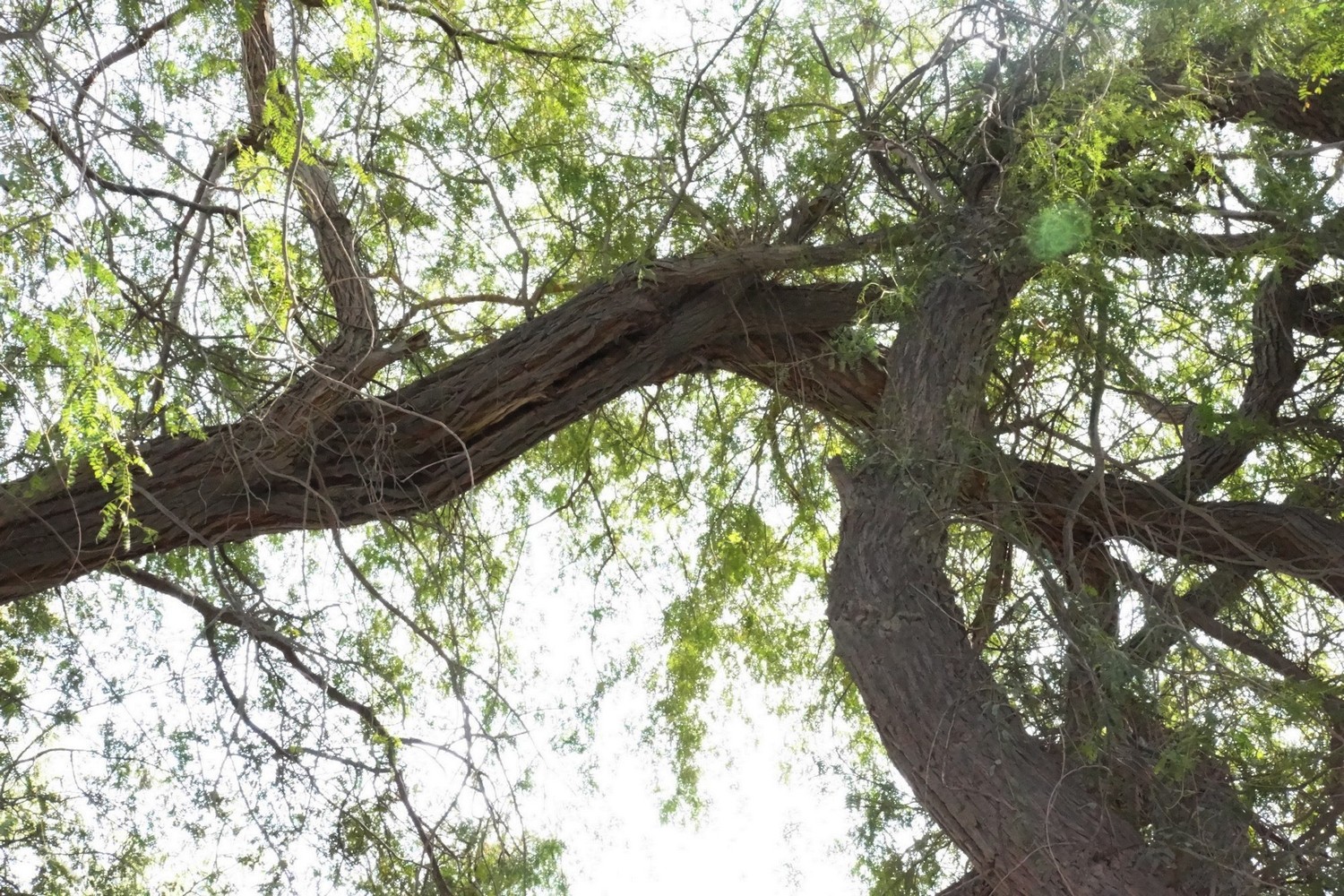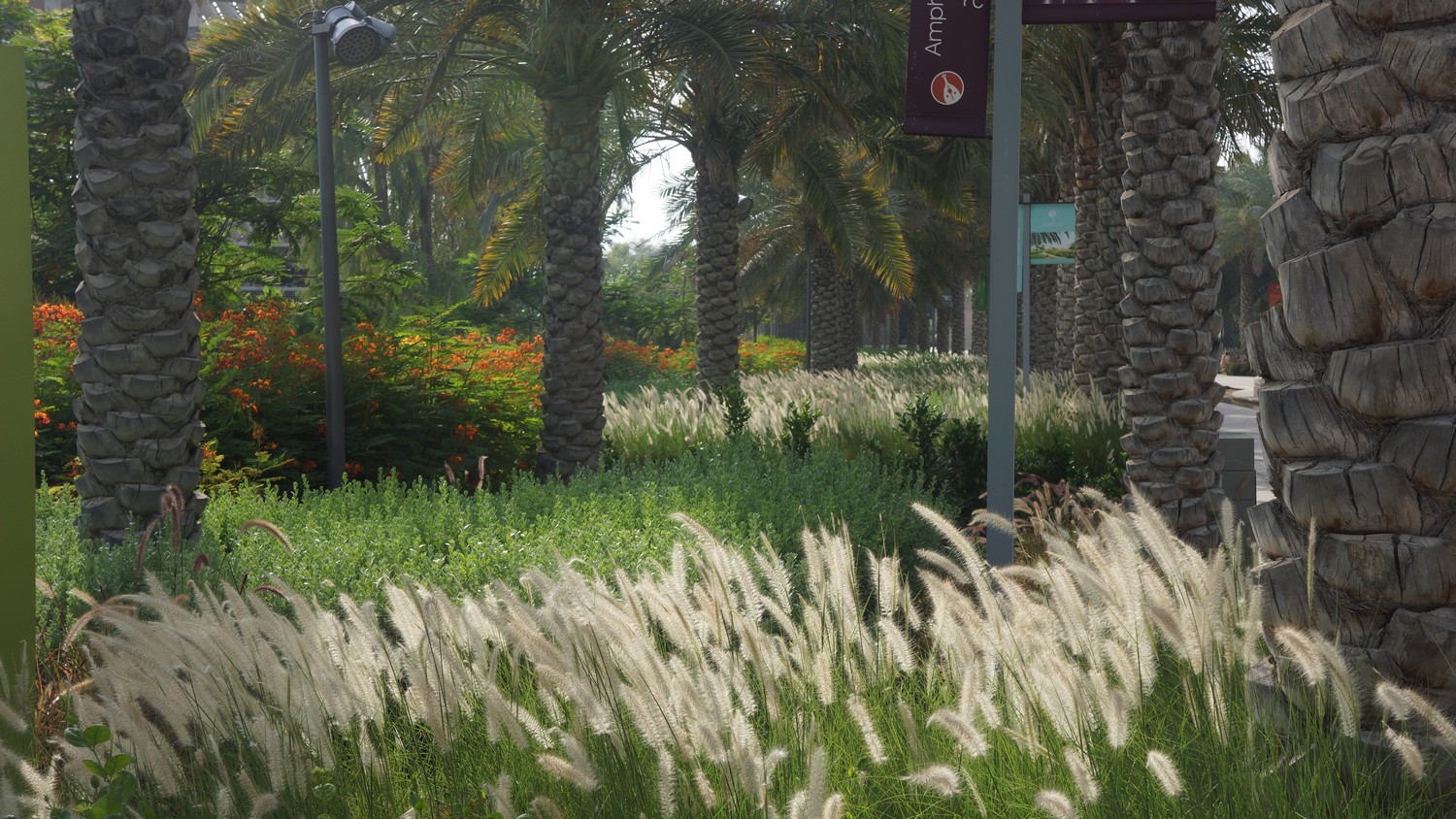Due to the on-going Covid 19 pandemic I will not be travelling to the UAE (or […]
I recently supervised a major crown reduction on an over-mature Eucalyptus on an historic site in […]
On my last few trips to Dubai, I have been noticing a lot of trees with […]
I have said elsewhere that the landscapes of Dubai and Abu Dhabi are growing (no pun […]
On my latest visit to the UAE I had a number of tree-related experiences. In Dubai, […]
